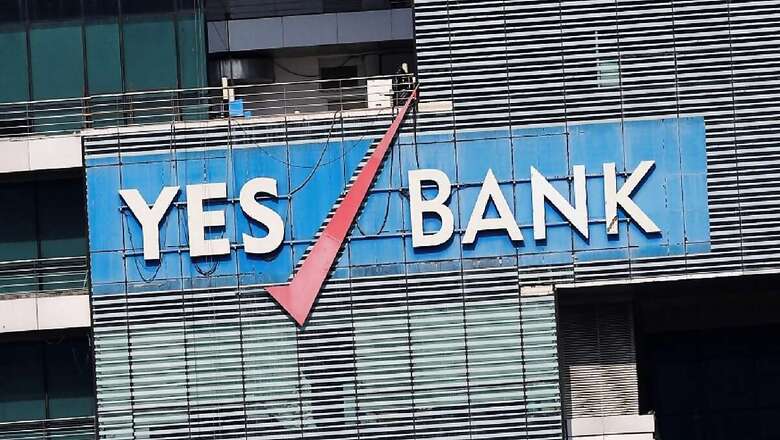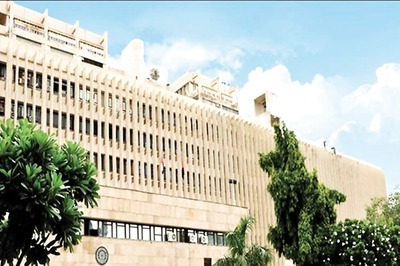
views
Yes Bank lacked a culture of cost control, and under the new management, the lender is targeting to reduce operational expenses by 20 per cent in FY21 by rationalizing branches and ATMs, giving up unwanted leased spaces and renegotiating rents, a top official has said. The city-based lender is experiencing delays in loan recovery efforts as big defaulters are approaching courts, its new chief executive and managing director Prashant Kumar told PTI.
Kumar was asked to lead Yes Bank in March after its rescue by a SBI-led consortium of lenders after alleged governance lapses under co-founder and chief executive Rana Kapoor. The bank reported a 21 per cent reduction in operating expenses in September quarter.
"Unfortunately, there was no control on costs," Kumar said, adding that a global consultant has charted out a step-by-step agenda to reduce spending through which it aims to save 20 per cent on operating expenses in FY21 over FY20. The bank has already surrendered two floors in Central Mumbai's upscale Indiabulls Finance Centre, which houses its corporate offices, Kumar said.
Besides, it is aiming to renegotiate rent contracts for all 1,100 branches. Kumar said the bank is targeting reduction in rents, a major operational overhead for lenders, by 20 per cent through the exercise.
It will be shutting down 50 branches as part of a rationalization effort, which will reduce its overall network in FY21 as there will be no new openings, Kumar said. He said many branches are located too close to each other or are not financially viable. Automated teller machine (ATM) network is also being rationalized.
The bank will go back to network expansion in FY22, but the size of a branch will be much smaller than the current size, Kumar said, adding that the idea is to leverage the digital offerings to reduce dependence on branches. In the September quarter, Yes Bank converted 35 rural branches to business correspondent locations, he said, pointing out that operational costs per month comes down to Rs 35,000 per month from Rs 2 lakh through such move.
As the changes in business happen, the bank is deploying its employees to newer functions as per the need, Kumar said. As part of the rescue scheme, the bank is committed to employ all the existing employees at least for a year.
Kumar said the bank has a very talented employee base and assured that there will be no excess employees as all the existing employees will get redeployed. The bank recently appointed chiefs of compliance and risks who will report directly to the board, Kumar said, adding both are internal candidates chosen after a lot of scrutiny.
The bank, which is saddled with legacy non-performing assets (NPAs) of over Rs 50,000 crore, feels recovery efforts are taking longer than expected as many of the big-ticket borrowers are approaching courts to get injunctions and stays, Kumar said, adding that its recovery efforts will continue. It is easy to approach courts in India, and as the matters reach the courts, the pace of recovery trails initial expectations, he said.
Kumar said the over Rs 9,000 crore of stressed assets identified this fiscal year by the bank are due to the COVID-19 pandemic and do not include any legacy accounts. The Rs 1,900 crore of proactive provisions done for stressed assets will be sufficient to take care of the reverses on this front, he said, adding that ideally the bank would like to depend on operating profits to take care of credit costs rather than dipping into capital.
He said after the cost rationalization and change in management, the focus will shift to core income generating abilities and expanding operating profits by getting new business.
Read all the Latest News and Breaking News here



















Comments
0 comment